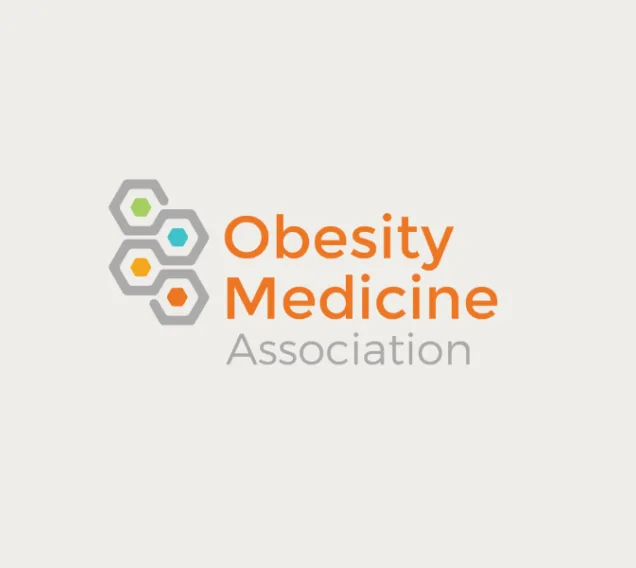July 12, 2021
Risk Factors for Childhood Obesity
Share this post

Childhood obesity is one of the most serious public health challenges of the 21st century. In the US, obesity affects 19% of children between the ages of 2 and 19. This rate has tripled over the past three decades, and today, our country has some of the highest obesity rates in the world. Obesity can harm nearly every system in a child’s body; heart, lungs, liver, muscles, bones, kidneys and digestive tract. Childhood obesity also affects the hormones that control puberty and blood sugar. Childhood obesity often takes a heavy social and emotional toll. What’s worse, youth with obesity have substantially higher odds of carrying their disease into adulthood, increasing their risks of disease, disability, and premature death later in life.
Because childhood obesity was very rare prior to the 1970’s, we have very little hard data to explain the processes that contribute to childhood obesity. We can extrapolate some of the information we know about the disease in adults, but that’s not the perfect answer. Children’s bodies are not just miniature versions of adult bodies.
We do know of several things that dramatically increase a child’s risk of developing obesity:
- The health of a child’s mother during pregnancy plays a huge role. When a pregnant woman has insulin resistance (with or without glucose intolerance like prediabetes/diabetes), this insulin resistance stimulates excessive growth of fetal adipocytes (fat cells) as well as the cells in the pancreas that make insulin. In fact, maternal insulin resistance predicts weight gain in infants from 0-12 months.
When a pregnant woman’s body has moved beyond insulin resistance and develops glucose intolerance (gestational diabetes or preexisting type II diabetes), this increases the risk of her offspring having obesity even further. In fact, being born to a mother with gestational diabetes and excess weight carries the highest risk for childhood obesity. Gestational diabetes now affects approximately 18% of pregnancies in the US. When a woman has elevated blood sugars during pregnancy, it increases the levels of insulin in the fetal body, which increases fetal growth and birth weight. - C section delivery is strongly associated with childhood obesity. This is likely due to several factors. The frequency of C-section births is greatest in populations with obesity and those with the most inactive, sedentary lifestyles. Higher birth weight (a common cause of C-section delivery) is strongly associated with childhood obesity – even in mothers without gestational diabetes. More data are emerging that C-section delivery alters the intestinal colonization or gut flora of infants – which are important to development and maturation of the neonatal immune system and in harvesting energy and essential vitamins and minerals during digestion. This early neonatal gut colonization is also influenced by things such as maternal stress, antibiotic use, smoking, and diet.
- Studies have recently shown a strong association between antibiotic exposure in early life and childhood obesity. Pregnant women with excess weight are more likely to receive antibiotics during pregnancy and antibiotic treatment is highest with C-section delivery. The effect of antibiotics on children’s weight is most pronounced when administered before 6 months of age and has a more powerful effect on male infants. Infants (along with people of all ages) are increasingly being exposed to a great deal of antibiotics through the food chain. This has a profound effect on the gut flora and disrupts a person’s immune defenses at the intestinal border and alters mitochondria, which are important for maintaining energy metabolism.
What happens after birth probably plays an even bigger role in the development of childhood obesity. Unfortunately, these things are much more difficult to study and measure – and they are complex. It’s going to be much more difficult to determine cause and effect because human behaviors and patterns don’t stay consistent throughout childrens’ development. However, we do know some things that have a strong association with childhood obesity:
- Formula-fed infants have a higher risk of childhood obesity compared with infants that are fed breast milk
- The early introduction of complementary foods (prior to 13 weeks of age) is also associated with an increased risk of obesity. Added sugar intake in early foods has been shown to enhances preference for sweet foods later in life
- Maternal and paternal diets high in simple carbohydrates and low in fruits and vegetables is associated with childhood obesity in offspring
- Coercive feeding or reward feeding is associated with a higher risk of childhood obesity
- Children with an inappropriate amount of sleep and physical activity have higher rates of obesity
Tackling this childhood obesity epidemic is going to take a lot of work – on multiple levels. This is not a problem that can be shouldered by individuals alone. Rates of obesity, insulin resistance and glucose intolerance are consistently increasing in the adult population. Until we get a handle on these diseases in adults, the rates of children born to women with these preexisting conditions are going to continue to increase. The entire food environment that children are being raised in nowadays needs to be improved. The foods that are marketed to children and promoted as being “kid foods” are typically highly processed and loaded with added sugars. Because of clever marketing, most parents believe these foods are healthy. Antibiotic exposure in the food supply affects all of us and needs to be dealt with. Most parents care very deeply about their children and truly want what is best for them. Most parents want their children to be healthy. This childhood obesity epidemic isn’t a problem of wanting – it’s a problem of not having the tools and knowledge and resources to create change. If we truly want to make a difference in this disease, we need to be focusing a lot more energy on prevention and interventions.
